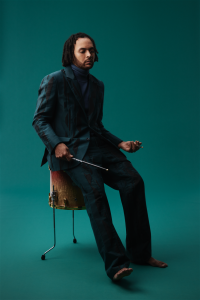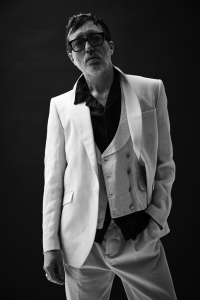What the Cuban roots music tells us about the land it springs from
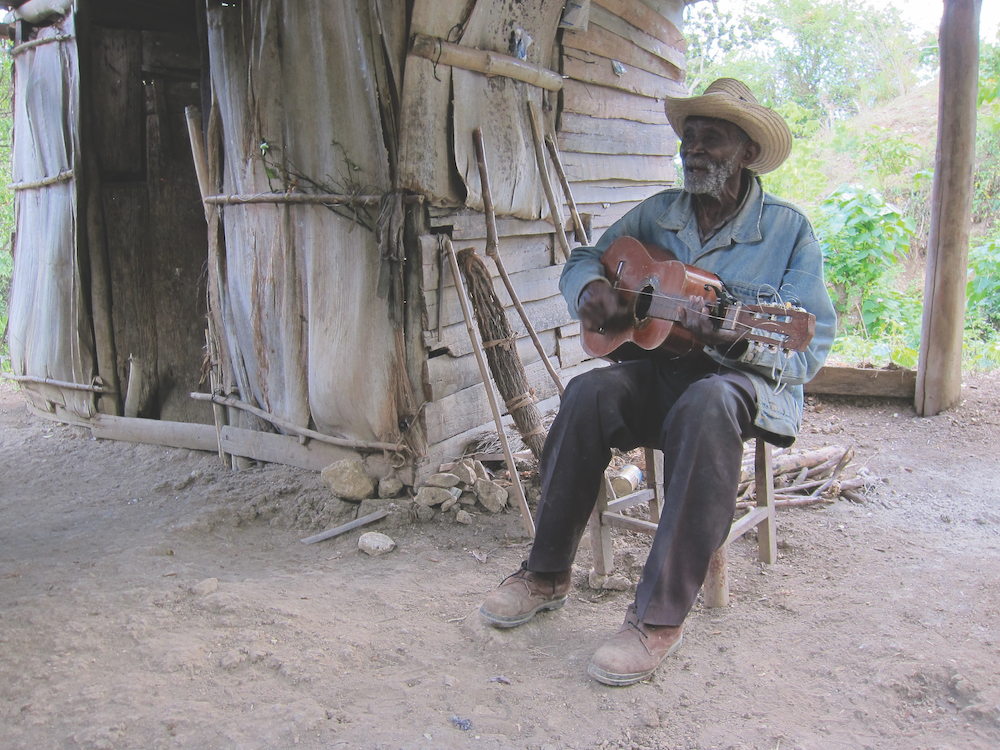
Cuba has romanced the world, captured its imagination and made its heart flutter. After thirty years traveling through the entire breadth of the island, which includes making a servizio on organ culture in Granma Province for American radio and spending two and a half years recording musicians in the mountains of Guantanamo Province, the island never ceases to surprise me. Cuba is tiny – a third of the size of Italy with one sixth of its population – yet so incredibly influential, with so many musical and cultural micro-climates, that every region seems almost like a new country. Every time I go it is like my first time.
But how can we get beyond the cliches cars, cigars and Hemmingway and unlock the many mysteries the island holds? How can we touch its essence? Wine enthusiasts say that a wine’s “terroir” will tell you everything about the region, its soil, topography, and climate, the period in which it was harvested and bottled and, by extension, the community from which it came. Every bottle is a time capsule and weather report. It is quite literally, “history in a bottle”.
Terroir also exists for music enthusiasts in the form of “roots music”: mostly traditional music that’s born from an era before outside influences like commercial intentions and radio. Listening to a region’s songs allows us to meet its people and directly be introduced to their customs. We can read about the Sicilian tuna fishermen, but when we listen to the matanzas that ethnomusicologist Alan Lomax recorded in the 1950s, we get to listen to them and know them directly. We learn how old they are, how hard they work, and can almost imagine their calloused hands gripping the nets as they haul the struggling tuna into the boats.
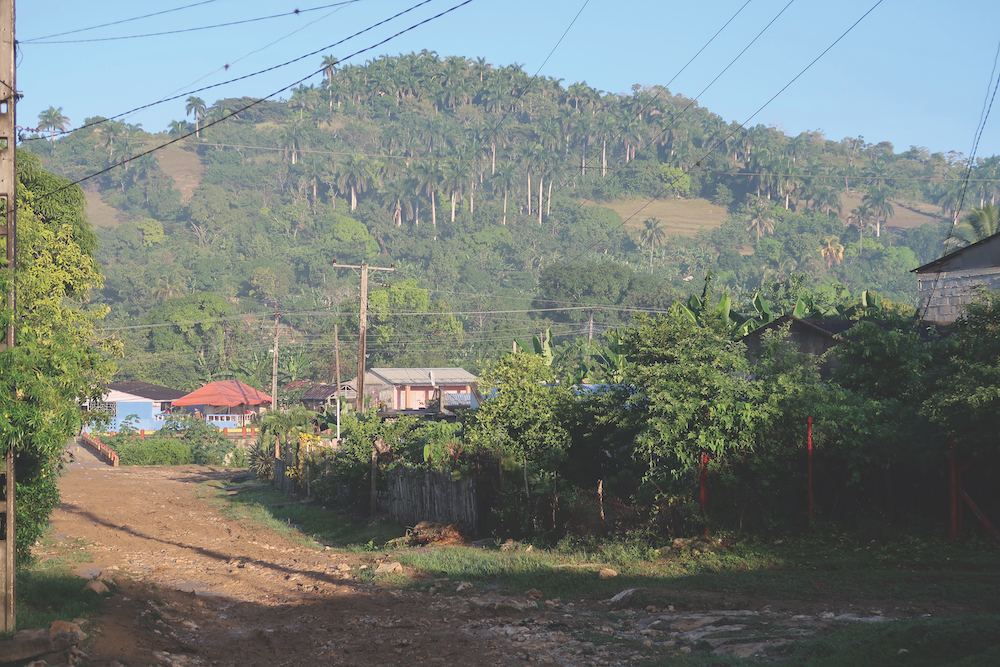
The quest for “musical terroir” drew me to Guantanamo Province, where you will find changüí – a rural dance music that developed in the plantations around 150 years ago and is still a part of Guantanamo life. Make no mistake, there is nothing archaic about the music. Changüí culture still lives and breathes in Guantanamo City and the mountains around it. It has heavy African rhythms and churning riffs, sounds completely modern, and is played for the sole purpose of making you dance all night long. If changüí were only an incredibly infectious music that makes it impossible to keep your feet still, that would be enough. But changüí reveals the whole region it comes from. History books tell us of life from the top down, but the music and songs tell us of life from the bottom up.
The history books explain that Guantanamo Province was a place of sugar cane and coffee, part of the ruthless extraction of the Caribbean, but these materials didn’t get on the ships by themselves. Broken backs and bloody hands got them there, and those backs and hands belonged to people who had mothers, daughters, siblings and a community. They ate and danced. Changüí is the voice of the “invisible” people who were a big part of the story but not included in the story. It completes the picture. It’s also a lineage and a way of life. Many of the musicians on the collection I recently helped create through field recordings have no photographs or mementos of their parents or grandparents, but they have their songs. We can meet the “invisible” by listening to changüí.
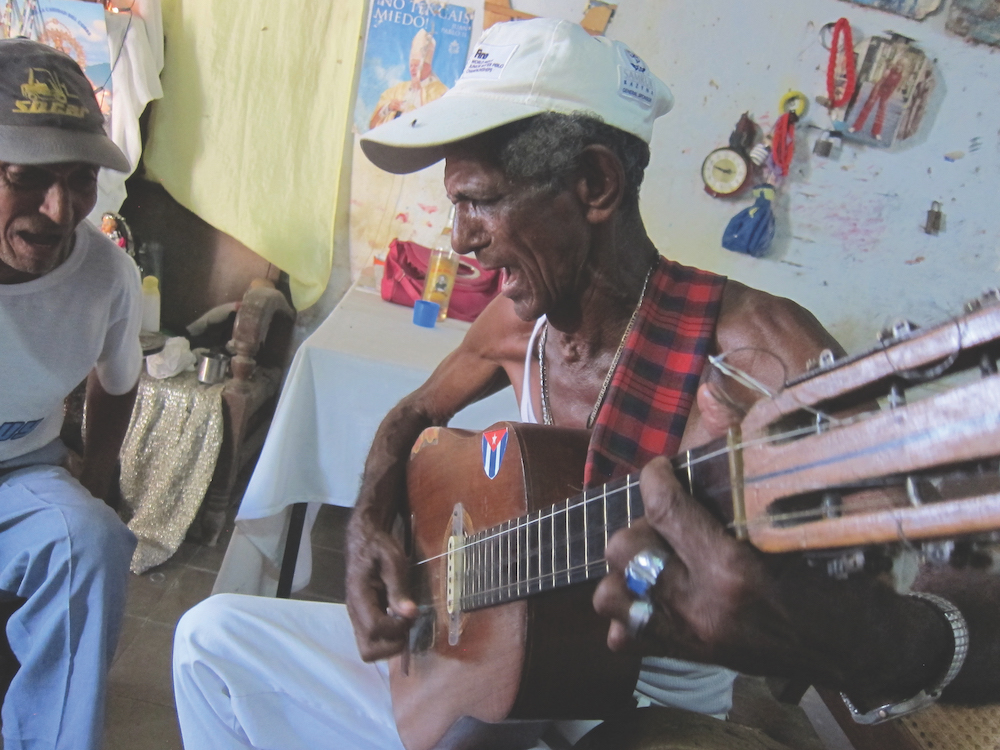
“Changüí is deeply rooted in the mountains of Yateras,” explains historian, Gabriel Rojas Perez. “It connects this land with its history.” Perez would know. He lives in the Yateran mountains of Guantánamo Province, considered one of the cradles of changüí. “Our ancestors used elements that we still use today like maracas and the guayo which were passed from generation to generation, along with their experiences, anecdotes, and old ancestral stories. It’s our DNA. You just can’t meet a yaterano and not think about changüí. It’s the cultural language of the people from the mountains of Guantánamo.”

“My life has always been about changüí, its tradition is what I love the most.” These words come from Alejandro “Popó” Moirán Gamboa, whose group “Popó y su Changüí” play around the sugar cane farming community of Honduras, a few miles outside of Guantanamo City. Popó has recently retired from working the fields and sings the type of changüí he heard his grandparents sing as a young boy. But don’t be fooled into believing changüí is static like ancient Latin or Greek language. One of his songs, “Cuidemos La Capa de Ozono”, is an ecological number that mentions the Copenhagan climate summit.
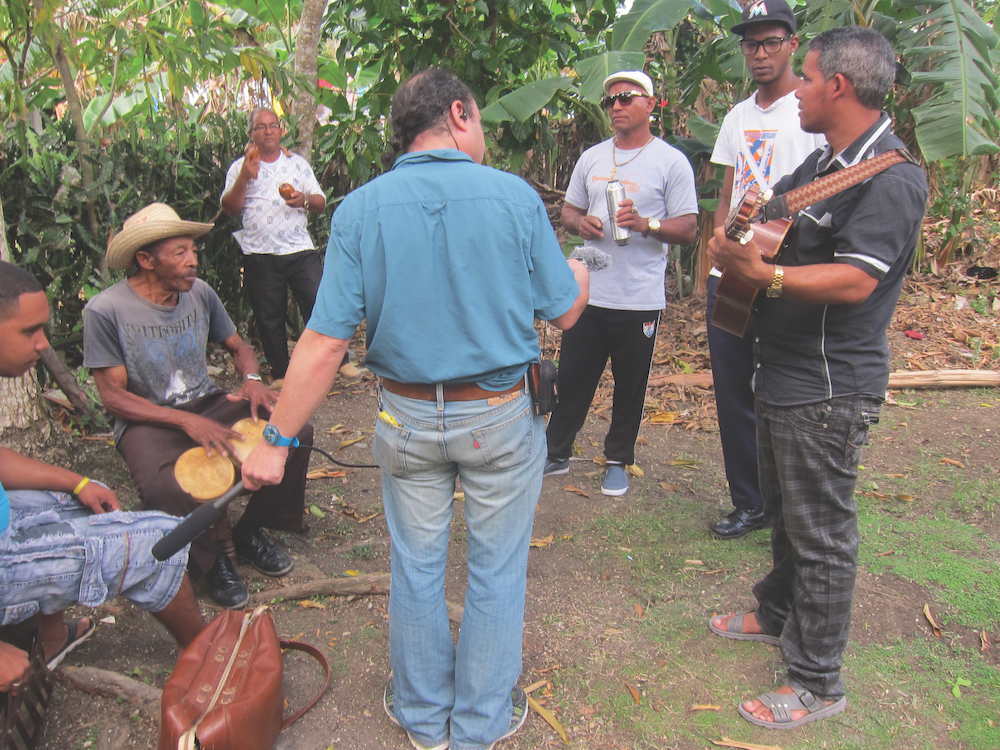
In our contemporary Western world, music is composed, rehearsed, recorded and performed to spectators behind closed doors – almost “in secret”. This is a recent phenomenon from the last century. In roots music, there is no concept of closed doors. There is no music if nobody hears it. There are no spectators – only participants. The connective tissue of the community is the magic of music. And yes, I mean magic in the true sense of the term. In the silence of a field, someone can shake a gourd, blow into a bottle, hit a piece of wood with a stick, and suddenly that magic is woven out of thin air. All of a sudden people who might never socialise start mingling, talk together, dance together, collaborate, work together, a barn is raised and a community is built. That is a magical power that – whether you want it to or not – can make your heart speed up and have your limbs move involuntarily like a puppet on a string. Music is mystical and magical, and resistance is futile.

What Gabriel Rojas Perez says about changüí for the yaterano applies to everybody. Music comes out of every car, out of every headphone on the subways, and most apartments in the evening. Probably yours and definitely mine. Music is not only the yaterano’s terroir, but ours too.
Changui: The Sound Of Guantanamo is available on Amazon

